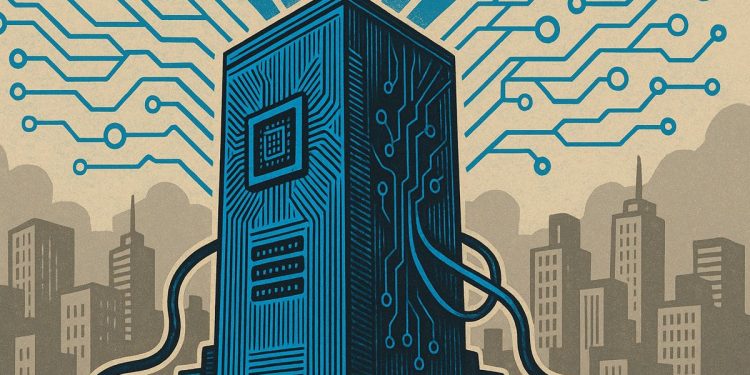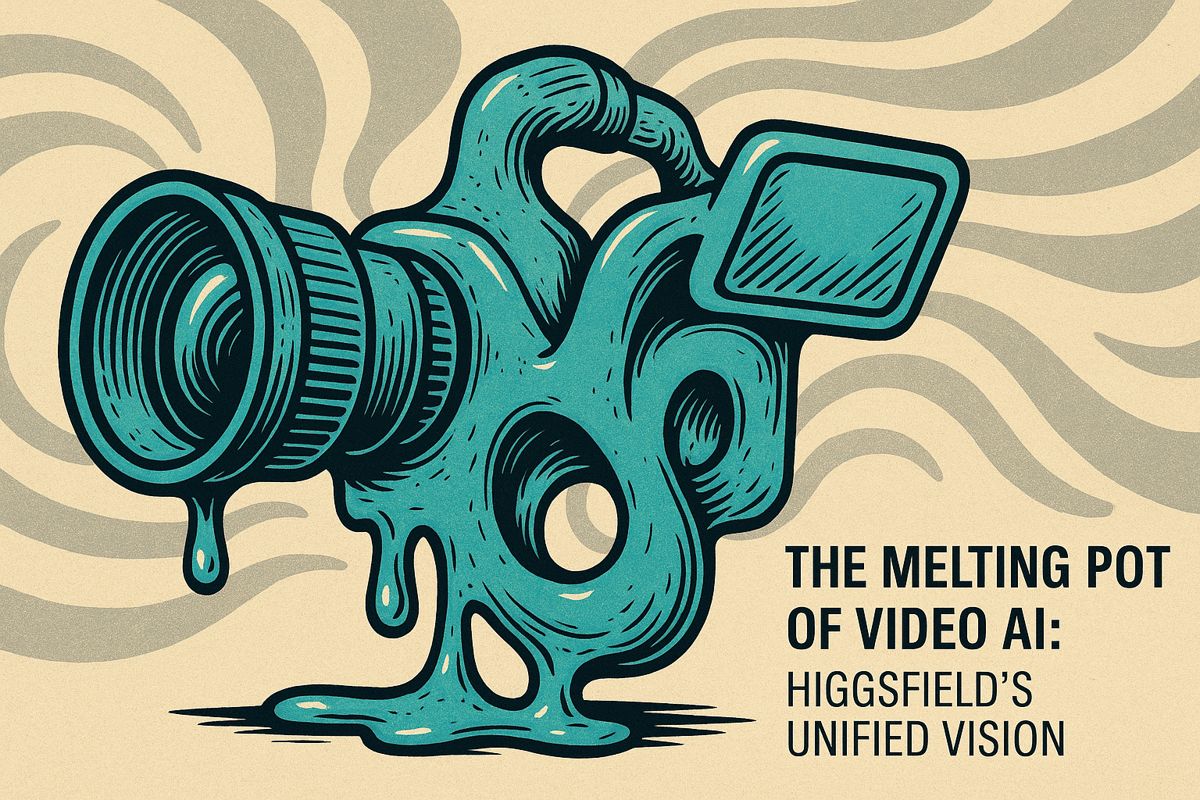In 2025, the world’s 20 biggest AI supercomputers handle almost all the specialized AI computing, with most owned by private companies like xAI, Nvidia, Google, and Microsoft. These giant machines, mainly in the US and China, are used to train huge AI models and push new innovations. The top system, xAI’s Colossus, is so powerful it uses as much electricity as an entire city. Private companies now lead in AI hardware, leaving governments behind, and the total power of these supercomputers is doubling every nine months. Soon, one system alone may outpace all government supercomputers combined.
What are the world’s top AI supercomputers in 2025 and who owns them?
In 2025, the 20 largest AI supercomputers account for over 95% of all dedicated AI compute globally, with most owned by private companies like xAI, Nvidia, Google, and Microsoft. These systems, mainly in the US and China, drive large-scale AI model training and innovation.
- The 2025 Global AI Supercomputer Scorecard – 20 Systems that Define the AI Race*
In 2025 the frontier of artificial intelligence is measured in exaflops, gigawatts and billion-dollar budgets. The latest authoritative tally by Epoch AI and industry analysts shows that only twenty installations account for more than 95 % of all dedicated AI compute on the planet. Here is the definitive snapshot of those machines, ranked by raw FP16/INT8 training throughput expressed in H100-equivalent GPUs – the de-facto currency of the AI hardware market.
🔝 Top 20 AI Supercomputers (Rank, Owner, H100-Equiv GPUs, Primary Use, Location)
| # | Owner / System | GPUs (k) | Key Purpose | City |
|---|---|---|---|---|
| 1 | xAI Colossus Phase 2 | *200 * | Grok-3 training | Memphis, USA |
| 2 | xAI Colossus 1 | 100 | Grok-2 family | Memphis, USA |
| 3 | xAI Colossus 2 (deploying) | 550 | Next-gen LLM | Memphis & Southaven, USA |
| 4 | Nvidia Eos | 46 | Internal R&D | Santa Clara, USA |
| 5 | Google TPU v5p Pod | 45 | Gemini / DeepMind | Multiple, USA |
| 6 | Microsoft Azure – OpenAI cluster | 40 | GPT-5 training | Boydton, USA |
| 7 | Meta RSC | 32 | Llama & ads models | Prineville, USA |
| 8 | AWS Trainium-Inferentia Ultra | 28 | Alexa & Bedrock | Boardman, USA |
| 9 | Tesla Dojo | 17 | FSD training | Austin, USA |
| 10 | Baidu Kunlunxin Pod | 15 | ERNIE models | Beijing, CN |
| 11 | Alibaba PAI | 14 | Tongyi & cloud | Hangzhou, CN |
| 12 | Tencent Xingmai | 12 | Hunyuan | Shenzhen, CN |
| 13 | ByteDance Volcengine | 11 | Douyin & LLM | Singapore |
| 14 | Anthropic Claude Cluster | 10 | Claude Opus | Iowa, USA |
| 15 | Inflection AI Pi Cluster | 9 | Pi model infra | Washington, USA |
| 16 | CoreWeave Cloud Pod | 8 | Rentable H100 | Las Vegas, USA |
| 17 | Cerebras CS-3 Condor Galaxy | 7 | Sparse-ML | Colfax, USA |
| 18 | Graphcore Bow Pod-1024 | 6 | IPU workloads | Oslo, NO |
| 19 | ORNL Frontier | 5 | Science+AI | Oak Ridge, USA |
| 20 | RIKEN Fugaku | 4 | HPC+AI | Kobe, JP |
Power, money and carbon – behind the headlines
- eight of the top ten systems are privately owned – the first time in history private capital out-ranks governments in raw compute share.
- Colossus Phase 2 alone draws ~300 MW, comparable to the entire residential load of Memphis proper; its diesel-gas turbine mix has triggered local environmental litigation.
- Hardware sticker price: the three Colossus phases combined are projected to exceed $12 billion in debt financing Data Center Dynamics.
- U.S. dominance: 75 % of the aggregate top-20 compute sits on U.S. soil, another 15 % in mainland China – leaving the EU, Japan and rest-of-world splitting the final 10 %.
Who uses them and how?
| Segment | Share of Top-20 Compute | Typical Workload |
|---|---|---|
| Foundation-model vendors (xAI, OpenAI, Anthropic, Google, Meta) | 65 % | Pre-training trillion-parameter LLMs |
| Hyperscalers (Azure, AWS, GCP) | 15 % | Inference & fine-tuning APIs |
| Automotive (Tesla) | 5 % | End-to-end autonomous driving |
| National labs (ORNL, RIKEN) | 5 % | Climate & genomics AI |
| Cloud GPU specialists (CoreWeave, Cerebras) | 5 % | Rental & niche models |
| China tech giants (Baidu, Alibaba, Tencent, ByteDance) | 5 % | Domestic LLMs & ads |
Looking forward
Epoch AI’s dataset shows aggregate top-20 performance doubles every nine months, driven by new generations of Nvidia GB200/GB300 GPUs and custom silicon from Tesla, Google and AWS. The next inflection point will likely come when Colossus 2 crosses the 1 million-GPU mark later in 2025 – a threshold that would eclipse every government supercomputer ever built combined.
Which supercomputer currently tops the global AI compute rankings?
As of August 2025 the leader is xAI’s Colossus Memphis Phase 2, clocking in at 200,000 H100-equivalent GPUs (roughly 12 MW per 1,000 GPUs). This single machine delivers twice the raw AI performance of the second-ranked system and cost about $7 billion to build.
How fast are these frontier systems growing?
The short answer: exponentially.
– Colossus Phase 2 went from ground-breaking to first chips in 122 days, then doubled in size in another 92 days.
– Across the entire landscape, AI supercomputer performance has doubled every nine months since 2019 – faster than Moore’s law ever managed for general-purpose chips.
Who actually owns today’s top-tier AI machines?
Private tech giants dominate. In 2019 public labs and universities still controlled about 60 % of global AI compute; by 2025 that share has collapsed to ≈15 %, while private companies now hold ≈80–85 %. The U.S. leads geographically, hosting 75 % of worldwide capacity, China sits second with ≈15 %, and the rest of the world splits the remaining sliver.
Why is energy consumption such a hot-button issue?
Because these machines are power-hungry cities in a box. Colossus alone draws ≈300 MW – equal to the demand of ≈250,000 U.S. households. Local push-back in Memphis centres on air-quality permits and unpermitted methane turbines; environmental groups and the NAACP have filed suit under the Clean Air Act. Meanwhile, xAI is pivoting to Tesla Megapack battery banks to source greener power for planned expansions.
What does the market look like going forward?
Explosive. Analysts peg the global AI supercomputer market at $2.4 billion in 2025, on track to hit $5.1 billion by 2029 – a CAGR above 20 %. With xAI already planning Colossus Phase 3 and beyond, and competitors racing to deploy Nvidia’s next-gen GB200/GB300 chips, the frontier is set to shrink from “double the next best” to “an order of magnitude ahead” in the next two years.



















